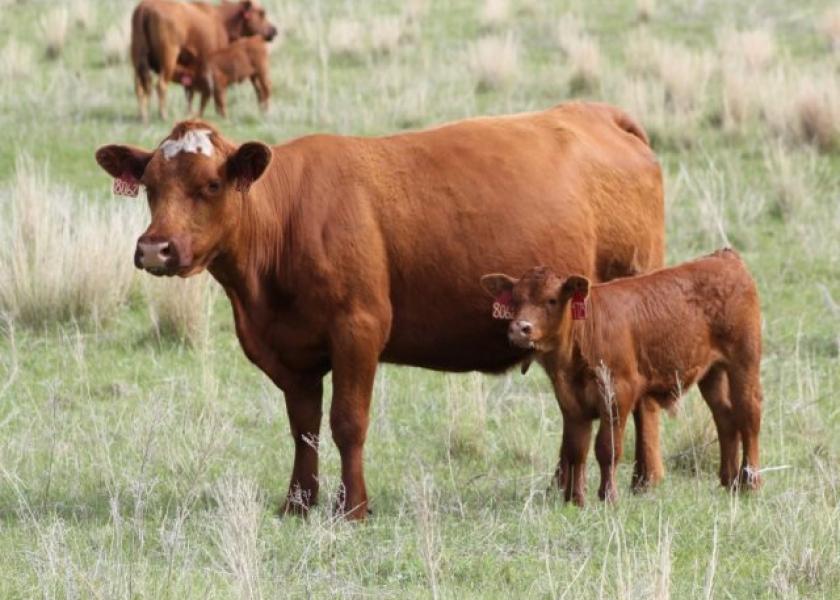Selection for Improved Cow Efficiency

Reproductive performance in the cowherd is low in heritability, meaning it is largely influenced by environment, particularly nutrition. Mature Weight (MW) is moderate in heritability (35%) meaning response to selection pressure to downsize cows can be accomplished more effectively. Most beef cattle registries calculate MW EPDs.
Among the benefits of modern genetic prediction in beef cattle is being able to compare the genetic values of our herd bulls (or AI sires) across time and geography. If we weighed cows this fall and realized our mature cow weights are getting out of hand, we should take a look at the MW EPDs of the bull (or bulls) that sired them. The registration paper on our herd bulls permits us to look at EPDs of our current (or past) bull battery and use it as a means to guide change in the future.
Excessive MW is typically the result of selection pressure being applied to increase weaning and yearling weights while ignoring the MW EPD value. Because of the positive genetic correlation between weights at all ages it is an unintended, but natural consequence that MW will increase over time when no selection pressure is applied to this trait. If we want less MW in our cow herd, this can be done by selecting bulls with lower MW EPDs in the future.
A review of genetic trends in beef breeds is informative. Over the past 30 years we see birth weight EPDs have stayed constant (or in some breeds have actually went down), while WW and YW have went up. The point: in spite of those genetic correlations mentioned above, we have improved calving ease, while raising WW and YW over time. The same can be accomplished by including MW among the traits we select for in our breeding program.
Bottomline: we don’t need to sacrifice WW or YW in order to keep MW in check. It is possible to identify sires that can improve the traits we want while decreasing MW.
The consequence over time, less mature size results in lower nutritional requirements of our cowherd. As this happens we see improved cowherd performance. The same amount of forage for the same number of cows with less mature weight will result in improved Pregnancy Percentages, Percent Calf Crop Weaned and Pounds Weaned per Exposed Female.







